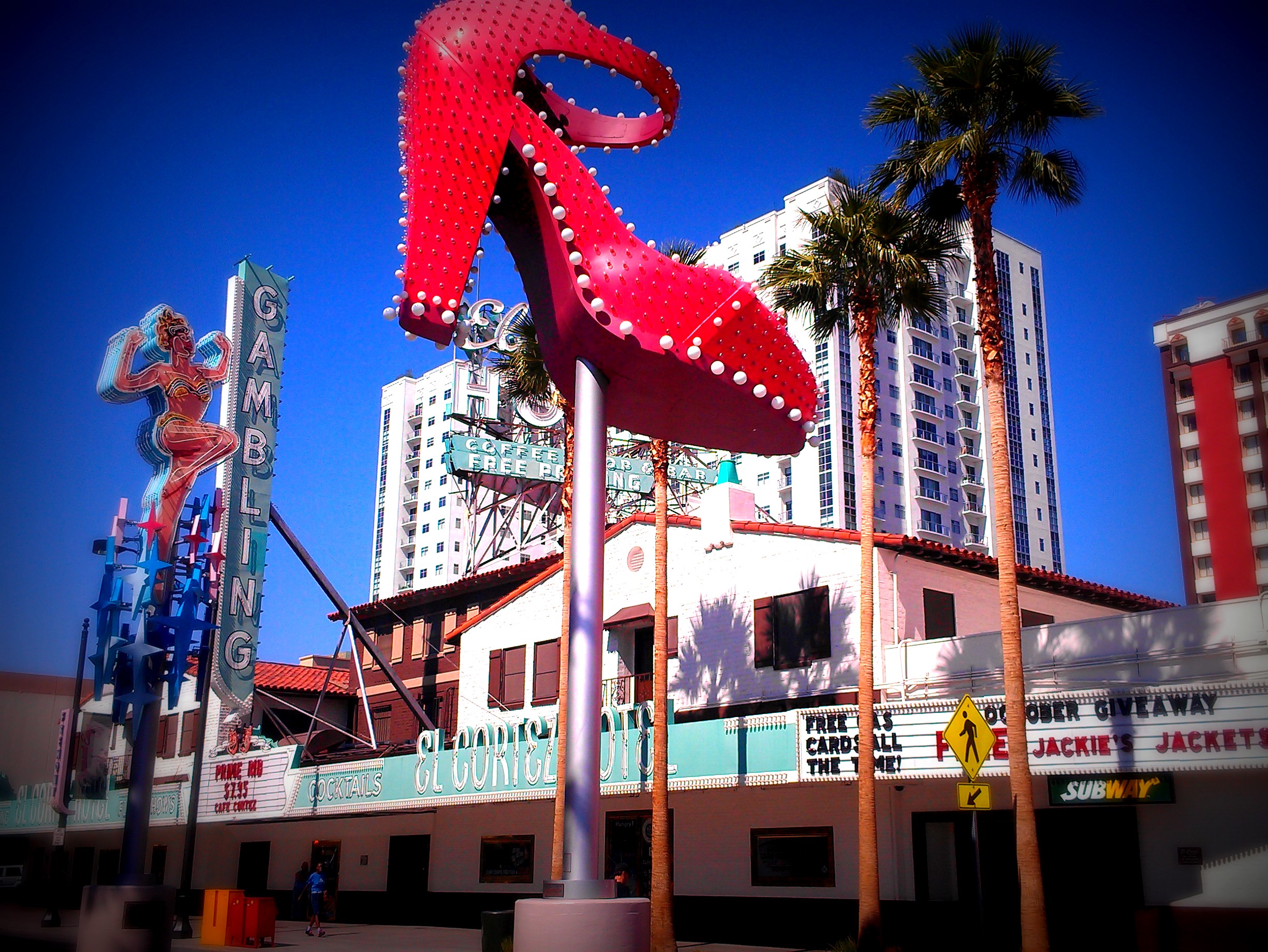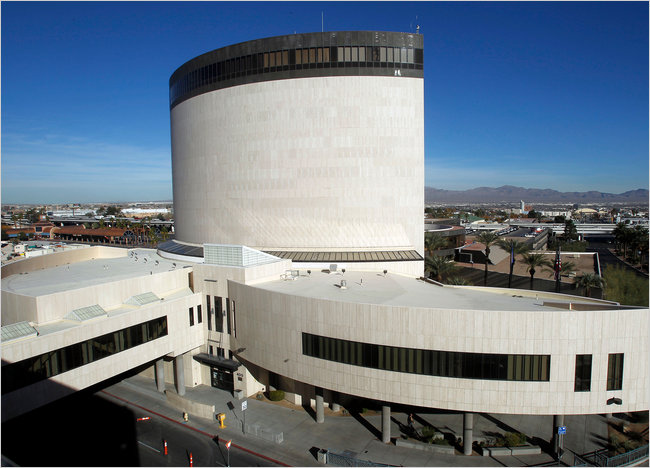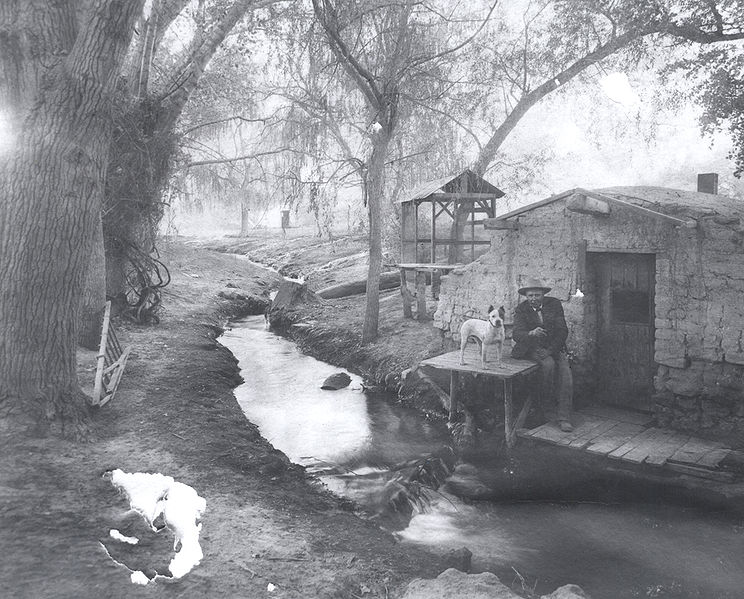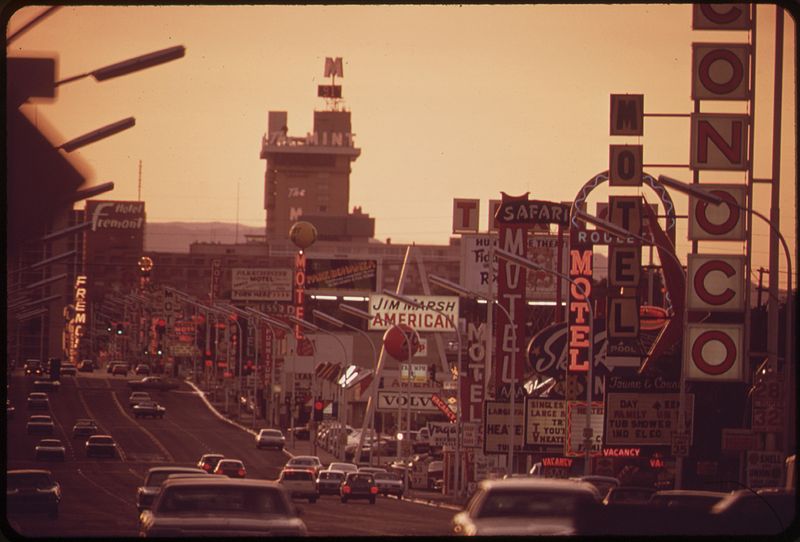Transforming Downtown Las Vegas into a technotopia always seemed a quixotic quest at best, but that was Zappos founder Tony Hsieh’s top-down attempt, a huge wager in the American capital of gambling. Unsurprisingly, the “house” has been unsparing. From Nellie Bowles at Recode:
“In a surprise all-hands meeting at the Inspire Theater a few weeks ago, Hsieh, whose $350 million in funding and vision turned 60 acres of Downtown Las Vegas into an growing tech city, told his staff he was stepping down and handing the reins over to his lawyer, Millie Chou. On Tuesday, the project laid off 30 percent of the staff.
News of the layoffs was first reported by KNPR News.
‘(Hsieh) said I see myself as advisor and investor, but I’m going to appoint someone as our strategy implementation lead,’ one source who attended the meeting said.
Another person close to Downtown Project said the new businesses — like an artisanal doughnut shop and a high-end flower vendor — were ‘bleeding money.’
‘It seems like it’s being run by kids, that’s because it’s being run by kids,’ one source said about the Downtown Project.
This person cited Hsieh’s hiring decisions, which included several family members, as a problem.
‘There are a lot of people in leadership at Downtown Project who have absolutely no business being there,’ the source said. ‘Tony is not always altogether the most wise judge of character. There’s a lot of family. There’s a lot of drinking buddies. And some poor choices were made.'”




